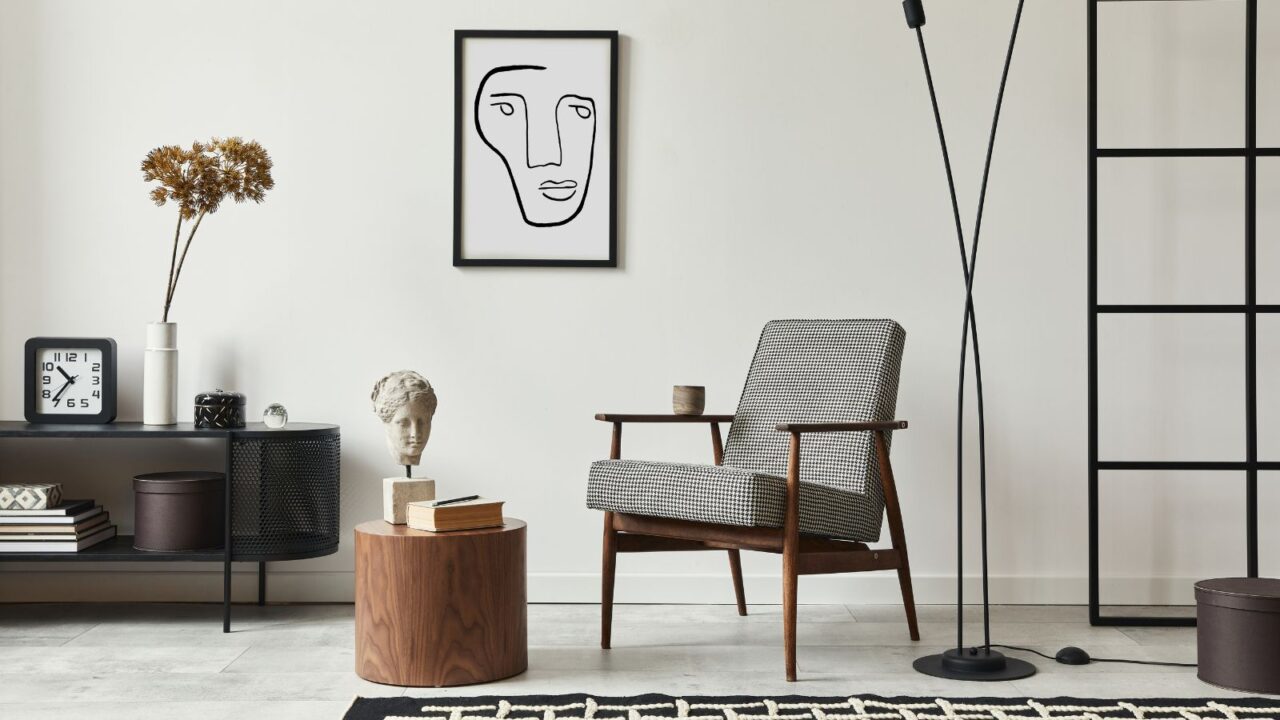
Make Your Space Feel Bigger
Ever feel like your home is too small or cramped? The right design tricks can completely change how a room looks and feels—no renovations needed. This slideshow will give you smart, practical ideas to make any space feel open and airy.
From clever furniture choices to simple decor swaps, you’ll find easy ways to maximize every inch of your home. Get ready to transform your space with these genius hacks.
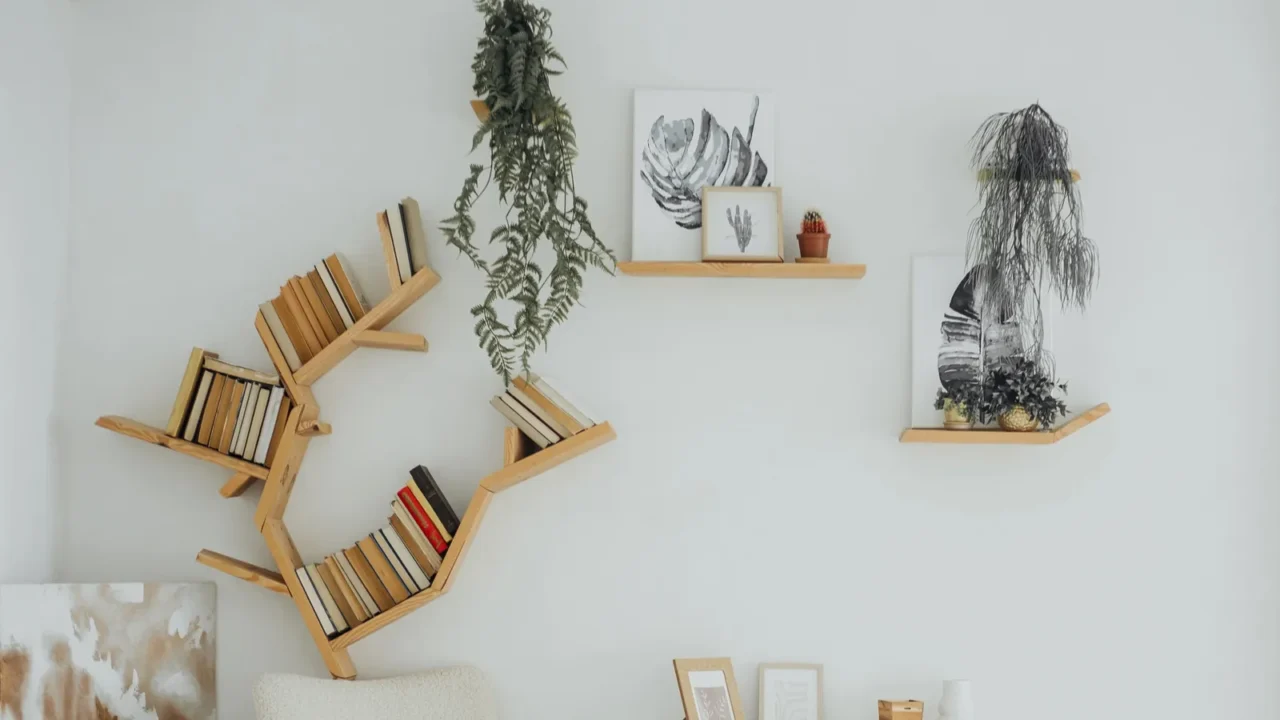
Vertical Space
When floor space is limited, go vertical. Tall bookshelves, cabinets, and floating shelves draw the eye upward, making ceilings seem higher. Using the full height of a room for storage also keeps floors clear, instantly making the space feel more open.
Adding vertical elements like floor-to-ceiling curtains or wall-mounted lighting helps create the illusion of height, making a small room feel much larger.
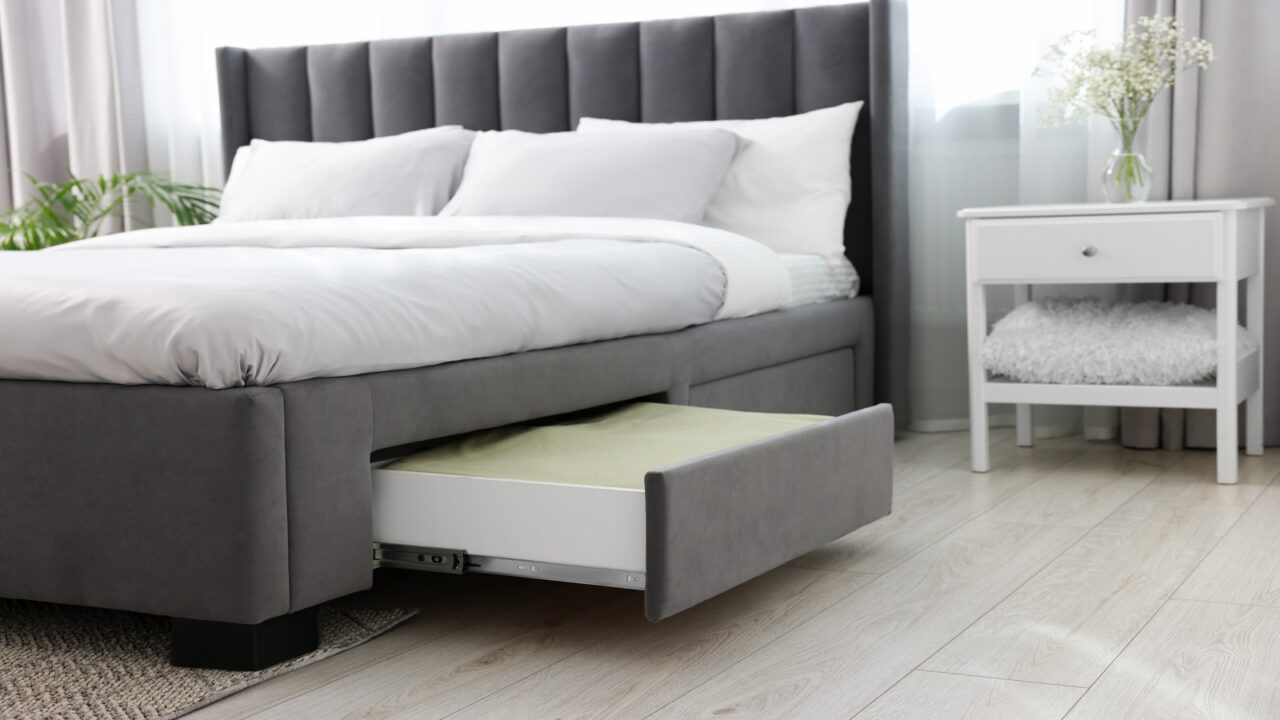
Multifunctional Furniture
A coffee table that doubles as storage, a bed with built-in drawers, or a sofa bed for guests—multifunctional furniture is a lifesaver in small spaces. These pieces maximize functionality without taking up extra square footage.
Choosing sleek, versatile furniture prevents a room from feeling overcrowded. When every item serves more than one purpose, it helps maintain an open, organized, and clutter-free look.
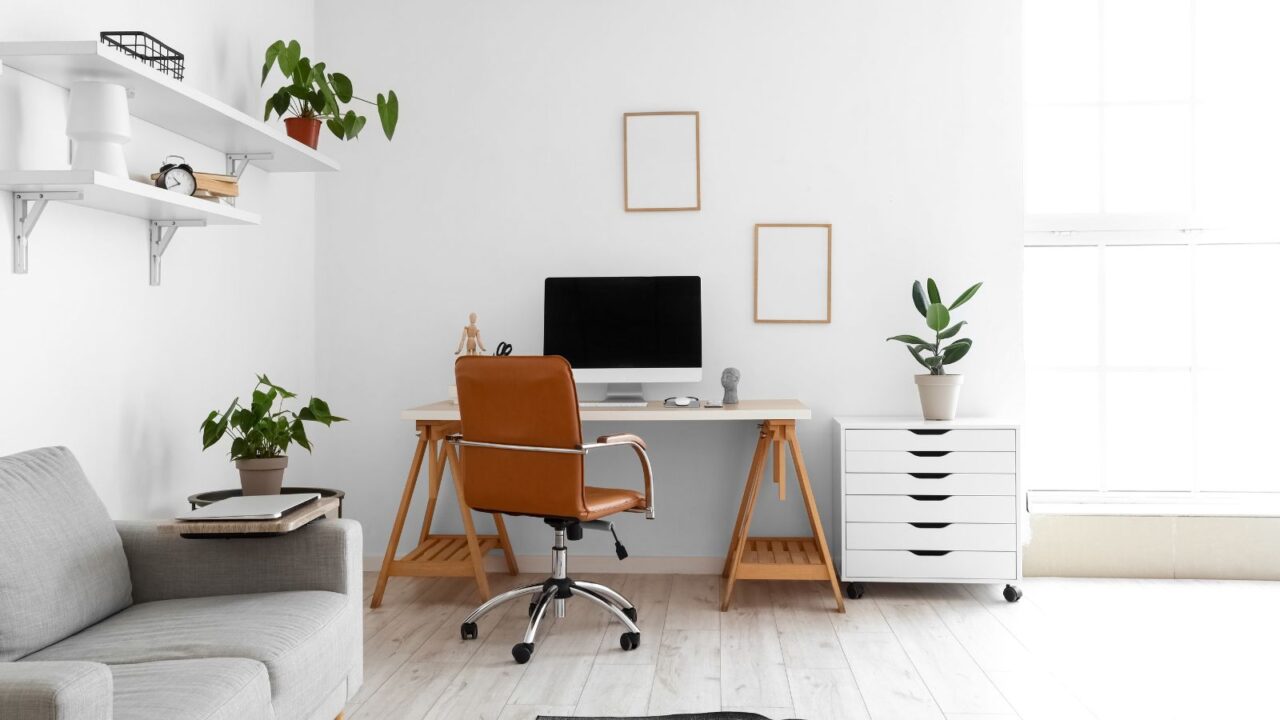
Light Colors
Lighter colors reflect more light, making a space feel bigger and brighter. Shades like white, soft gray, or pastels help create an airy atmosphere. Painting walls, ceilings, and even furniture in light hues opens up a room visually.
If you love bold colors, use them sparingly on accents like pillows or rugs. Keeping the base color palette light ensures that even small spaces feel open.
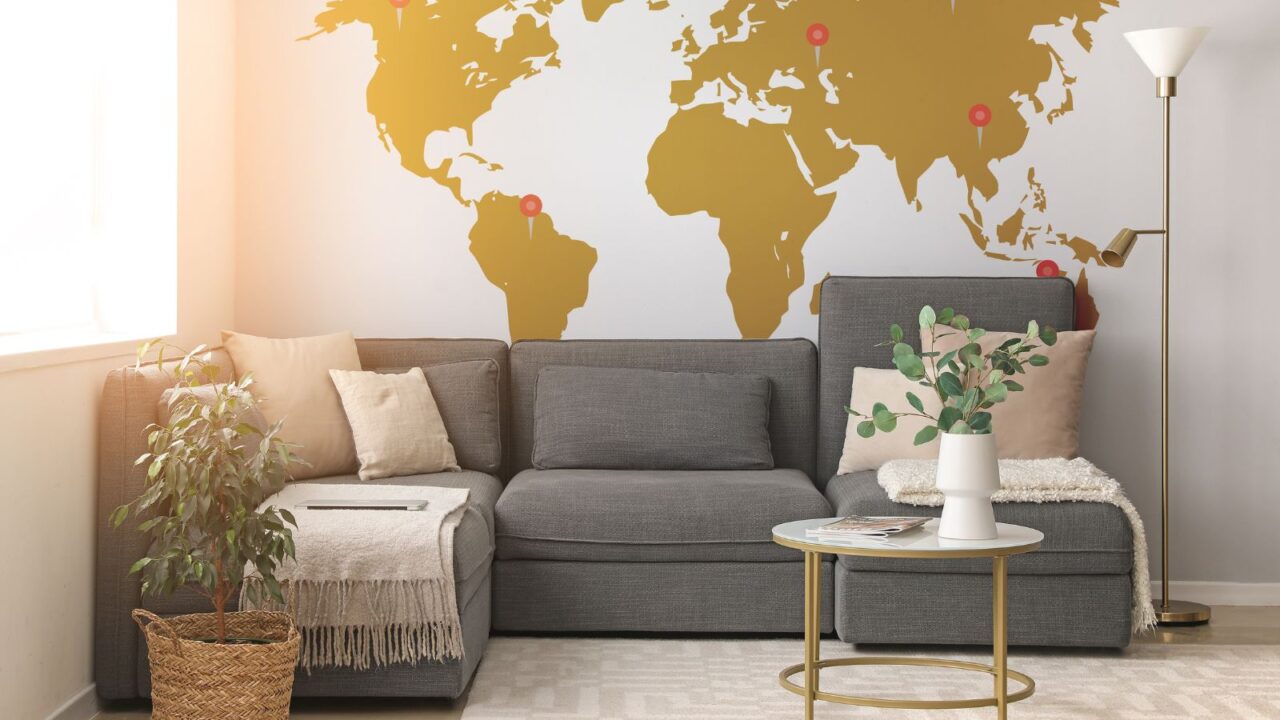
Low-Profile Furniture
Bulky, oversized furniture can overwhelm a small room. Low-profile sofas, beds, and chairs keep sightlines open, making the space feel more expansive. Sleek designs with clean lines help maintain an uncluttered look.
A lower couch, for example, creates more visible wall space, giving the illusion of higher ceilings. The right furniture proportions prevent a small room from feeling cramped.
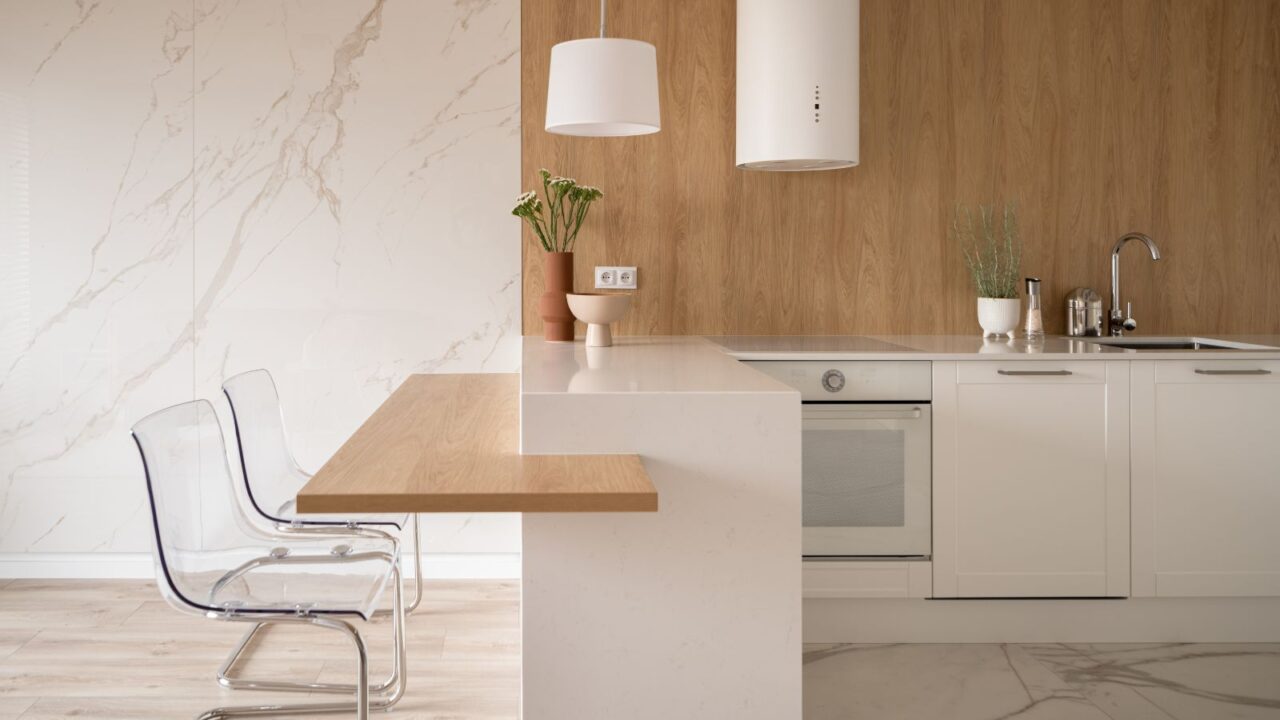
Clear or Glass Furniture
Glass or acrylic furniture blends seamlessly into a space, reducing visual clutter. A glass coffee table or acrylic chairs allow light to pass through, making the room feel more open. These transparent pieces create the effect of “invisible” furniture that doesn’t add bulk.
It’s a simple way to keep a small room from feeling heavy while maintaining a functional and stylish setup.
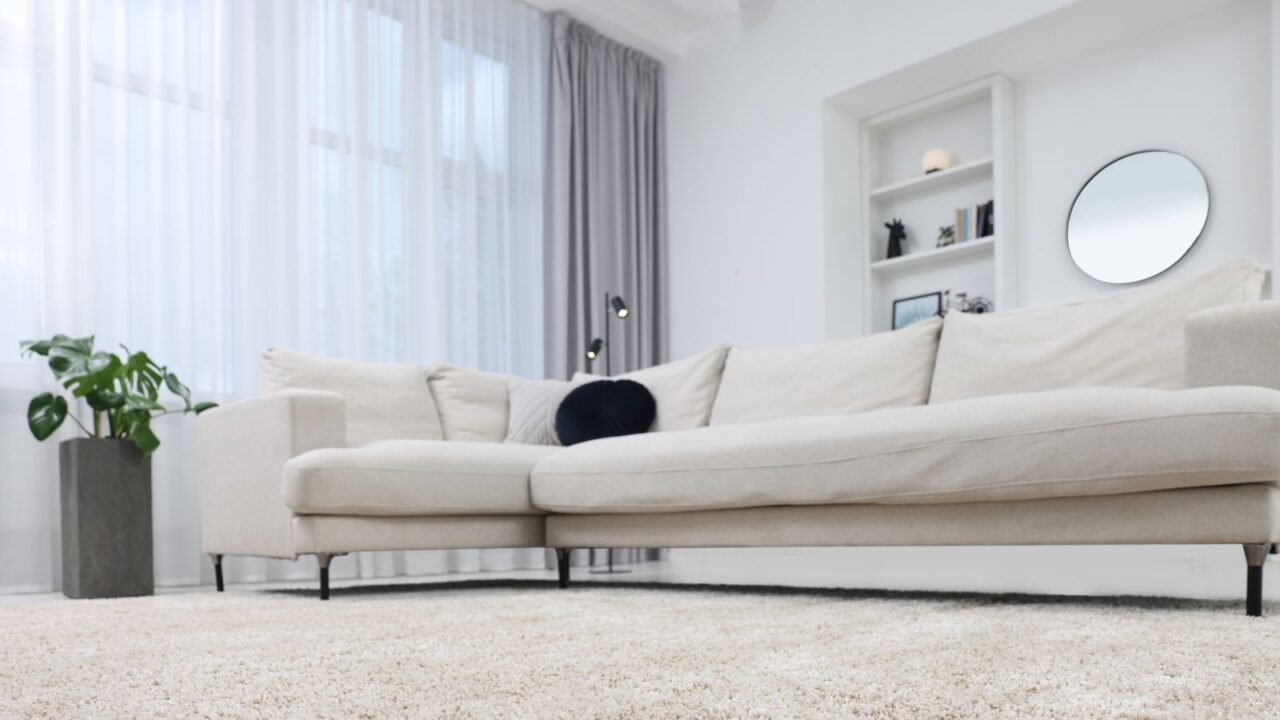
Curtains
Mounting curtains just below the ceiling instead of right above the window instantly makes a room feel taller. Extending curtain rods beyond the window frame also creates the illusion of a wider space. Light, sheer curtains allow more natural light in, further enhancing openness.
This easy trick makes ceilings seem higher and windows appear larger, transforming the entire feel of a room.
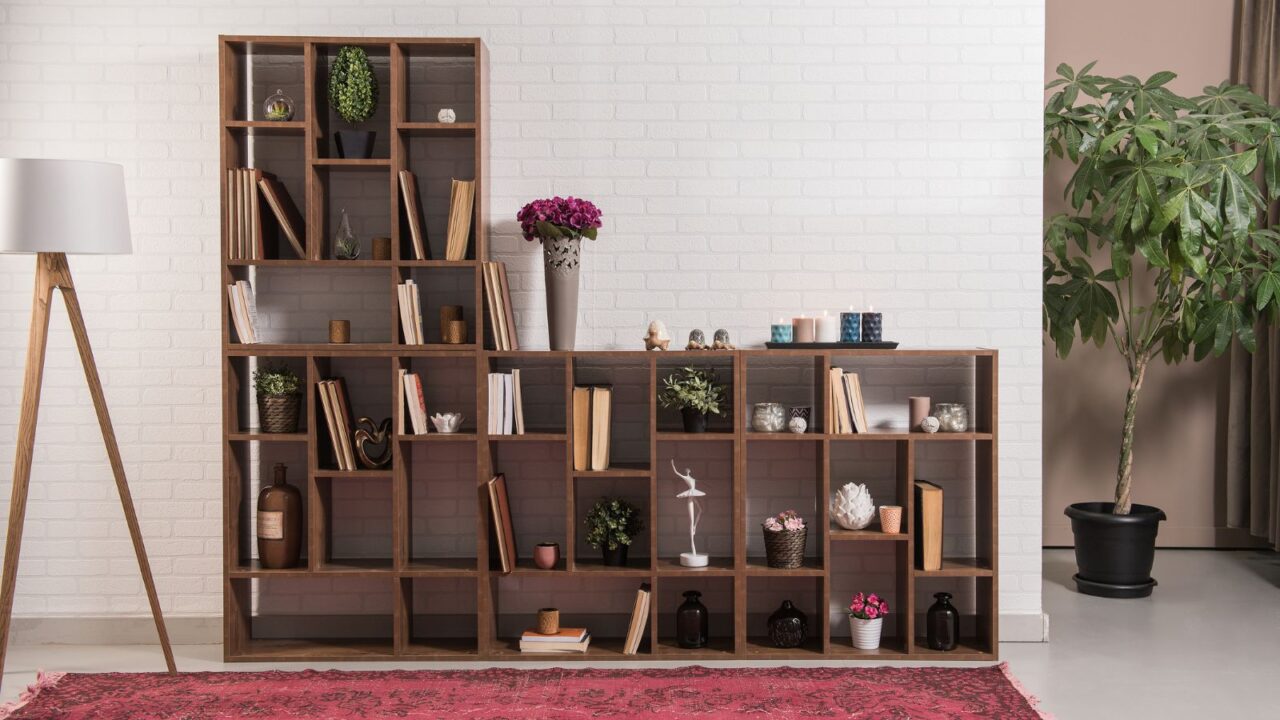
Open Shelving
Open shelves provide storage without the heaviness of closed cabinets. Whether in the kitchen, living room, or bathroom, they keep essentials accessible while maintaining an open feel. Arranging shelves with a mix of practical items and minimal decor prevents visual clutter.
This design choice makes a room feel airy and spacious while offering plenty of storage.

Doors
Traditional doors take up space when they swing open, but sliding doors free up valuable square footage. Pocket doors or barn-style doors are sleek, space-saving alternatives that work well in small rooms.
These options make transitions between spaces feel smoother, preventing tight areas from feeling cramped. They also add a modern, streamlined look that enhances any space.
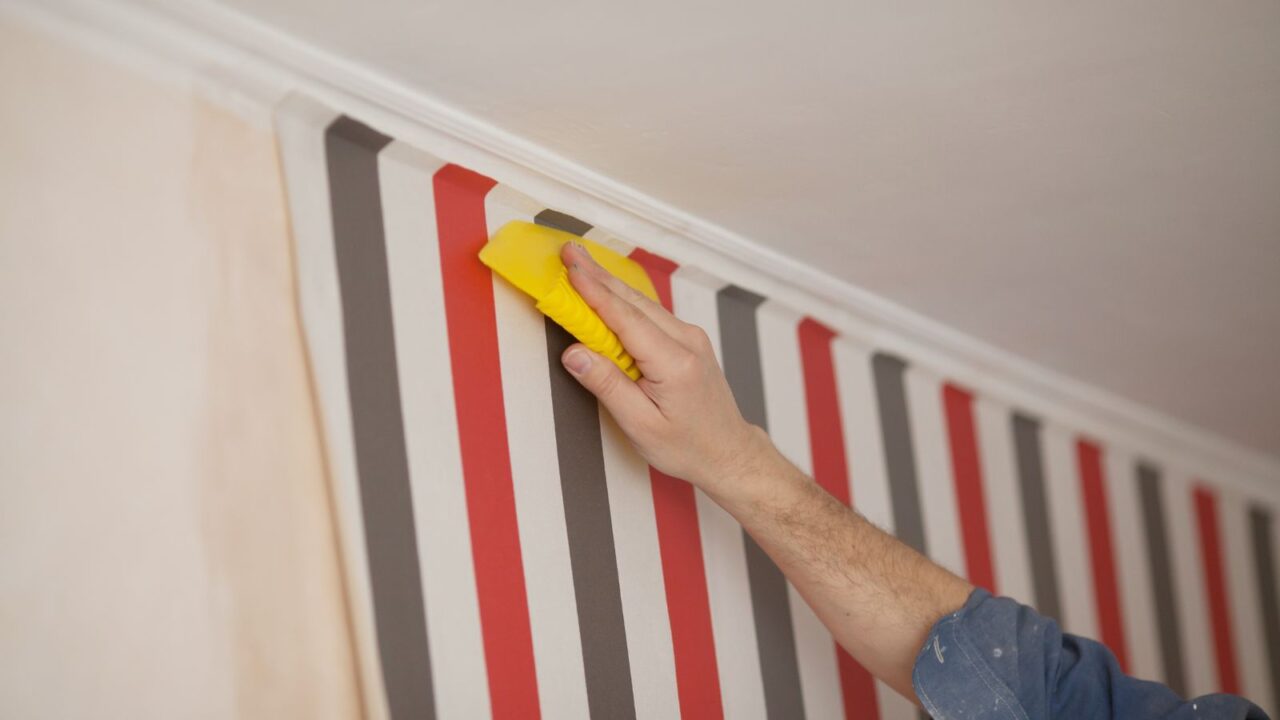
Vertical Stripes
Vertical stripes trick the eye into seeing more height. Whether it’s striped wallpaper, drapes, or a statement rug, these patterns naturally elongate a space. Unlike busy patterns that can make a room feel chaotic, vertical lines create order and structure.
This simple design choice makes ceilings appear taller without any physical renovations.
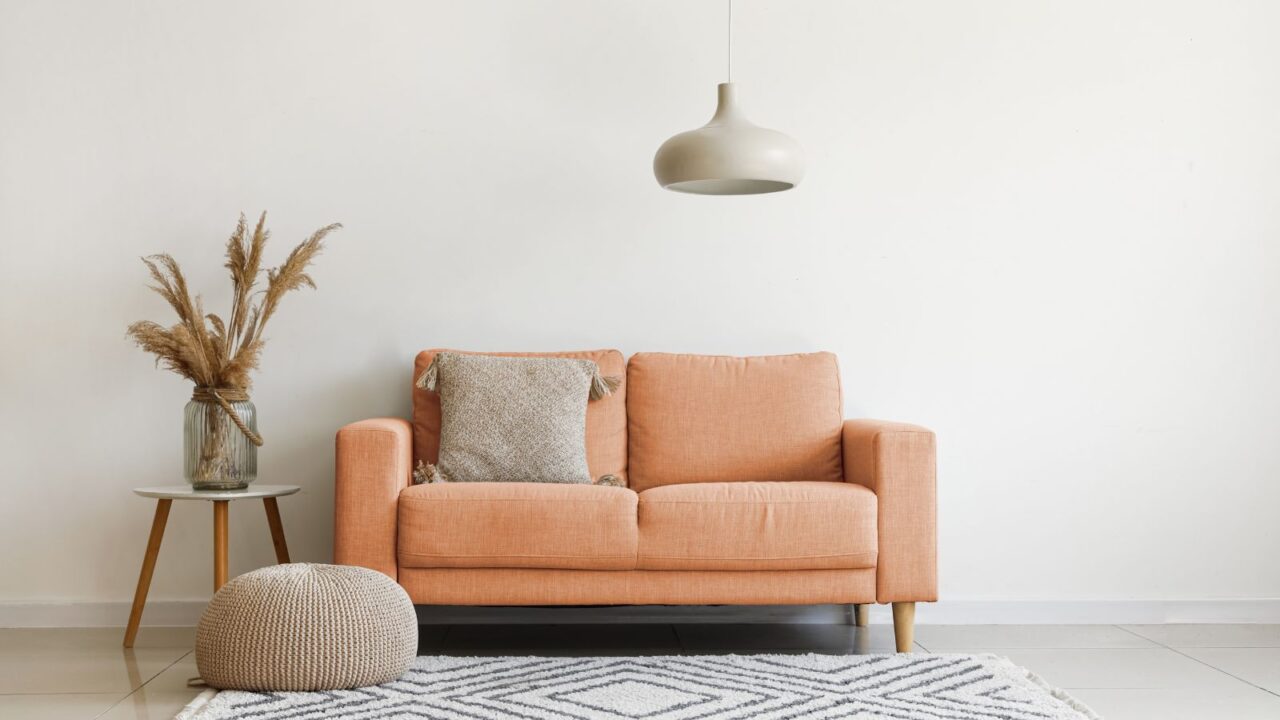
Minimalism
Less is more when it comes to small spaces. Keeping only essential furniture and decor prevents a room from feeling overcrowded. Hidden storage solutions, neutral colors, and uncluttered surfaces help create an open, breathable environment.
A minimalist approach ensures that every piece in the room serves a purpose while maintaining a clean and airy aesthetic.
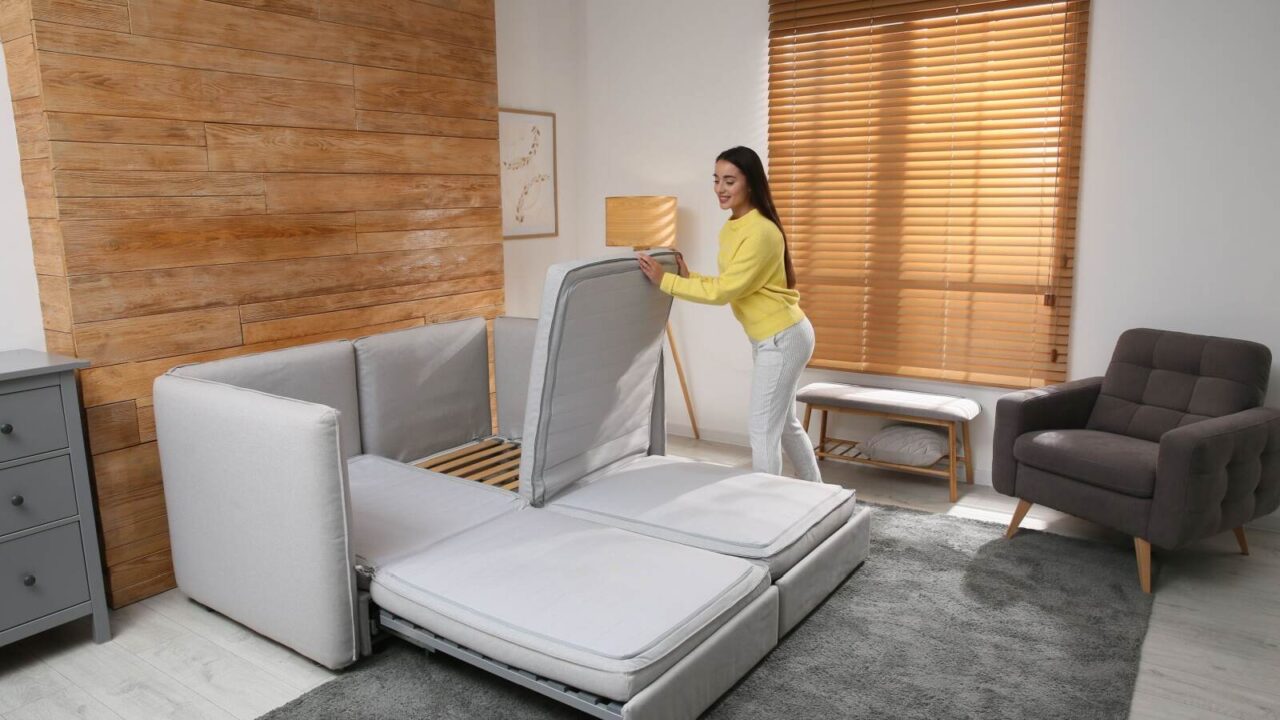
Sofa Bed
A sofa bed is a must-have for small spaces, giving you a comfortable couch by day and a cozy bed by night. It’s perfect for apartments, studios, or guest rooms where space is limited. Modern designs keep your home looking stylish without feeling cramped.
Some models even come with built-in storage, making it easy to stash blankets and pillows. This practical, space-saving piece ensures comfort without clutter.
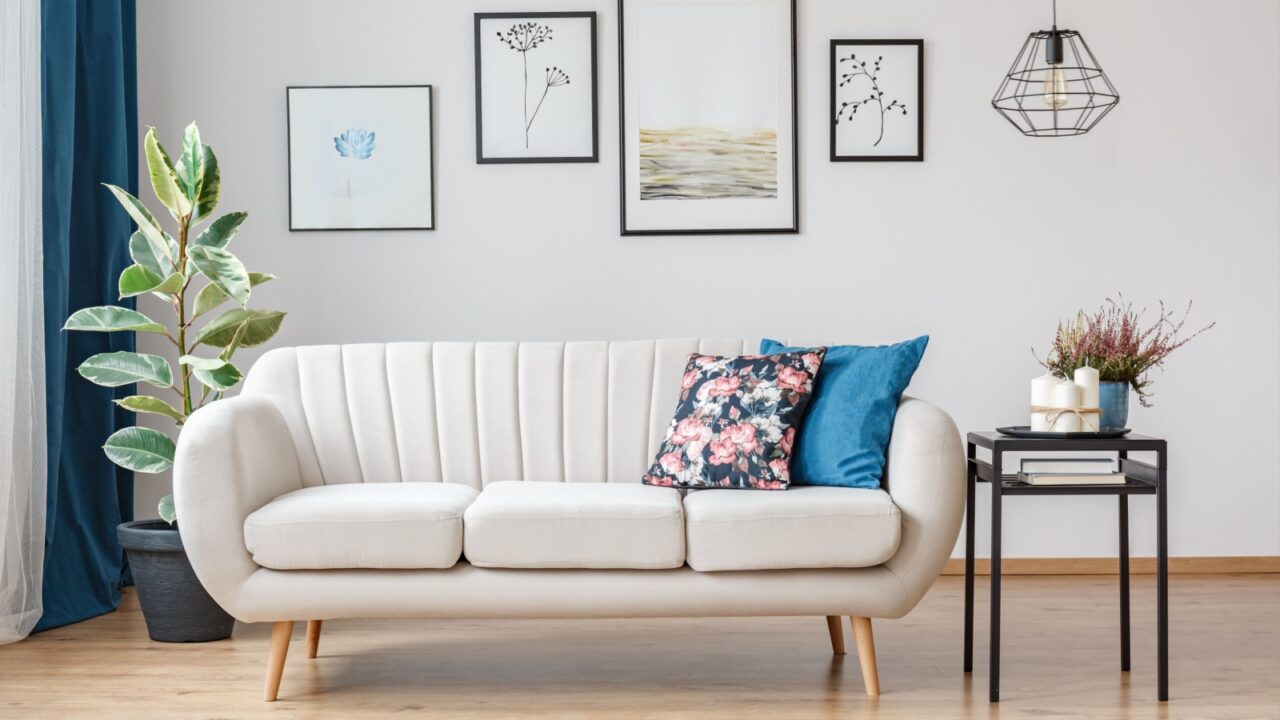
Furniture with Legs
Furniture with exposed legs creates the illusion of more space by allowing light and air to pass underneath. A couch or dresser that sits directly on the floor can feel bulky, while raised furniture keeps the space looking open.
This small detail makes a surprisingly big difference in making a room feel less cramped.
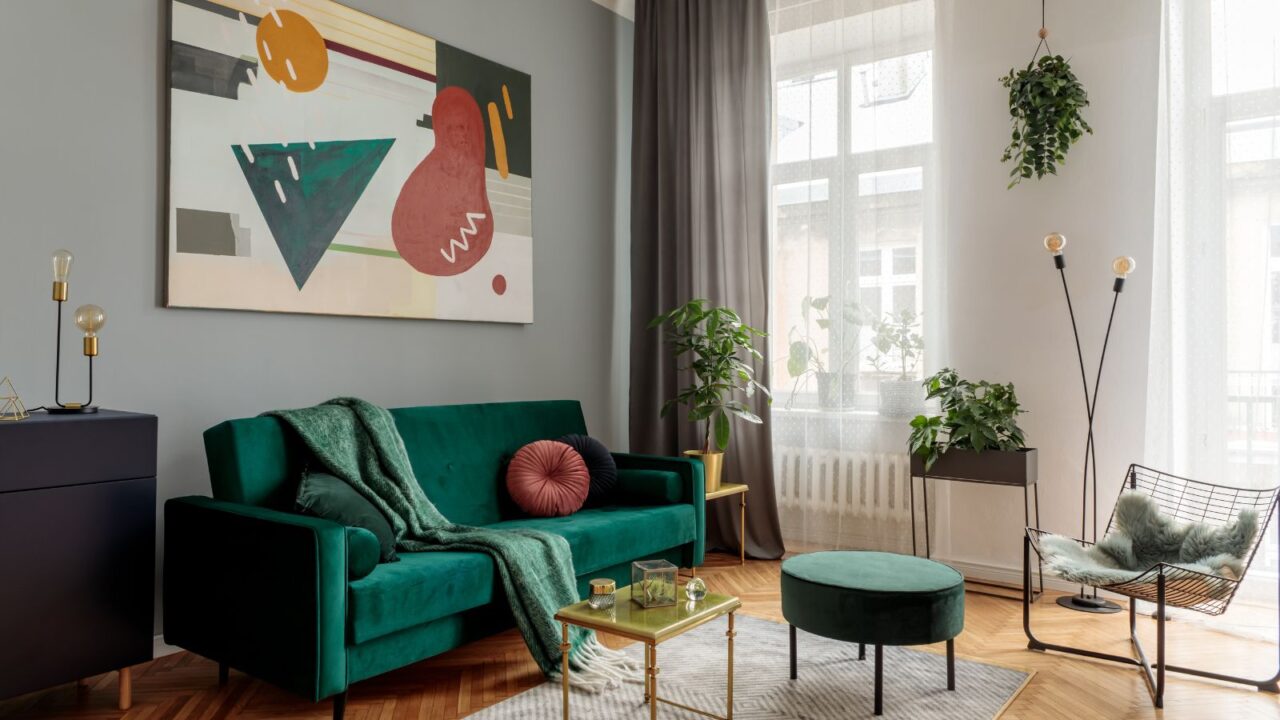
Art Pieces
A single oversized art piece can make a room feel more open than multiple small decorations. Too many small items create visual clutter, making a space feel chaotic.
A large painting, framed photograph, or abstract print acts as a focal point, drawing the eye and giving the illusion of depth. Choosing artwork with light colors or soft patterns enhances the spacious feel.
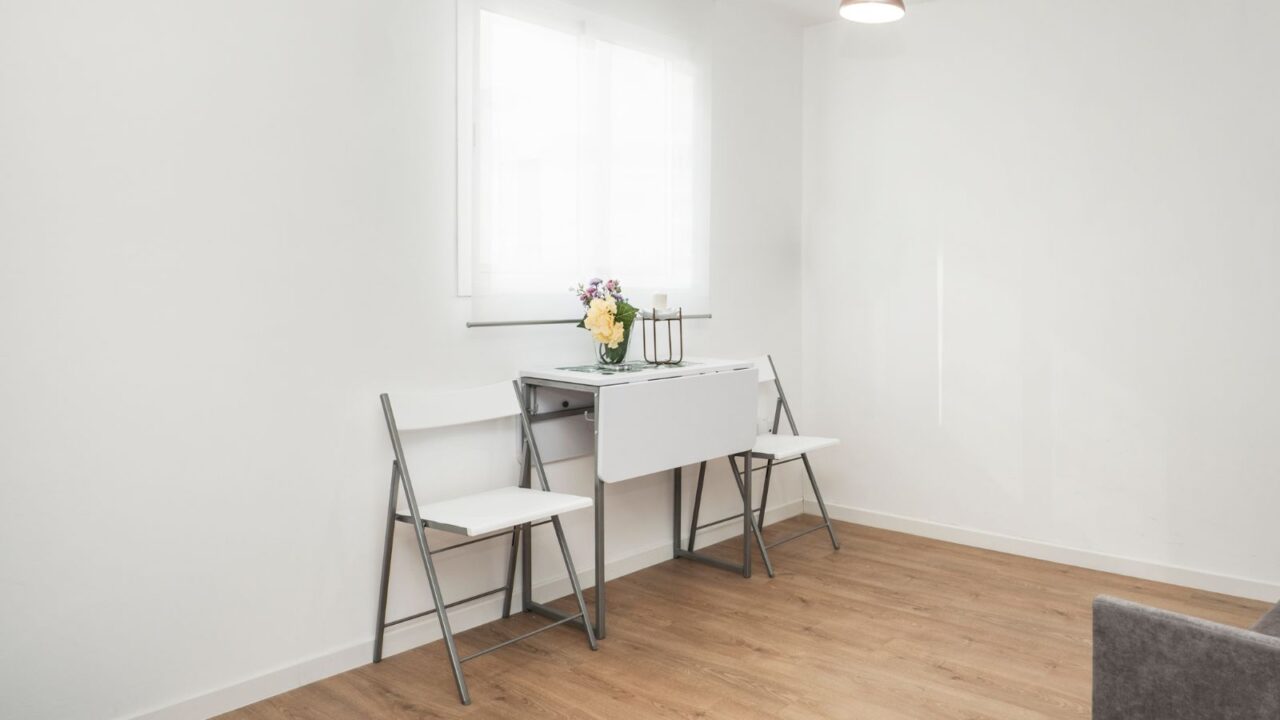
Foldable or Collapsible Pieces
Furniture that folds, collapses, or stacks is perfect for small spaces. A folding dining table, stackable chairs, or a drop-leaf desk gives flexibility without permanently taking up space. These pieces can be tucked away when not in use, keeping rooms from feeling cluttered.
The ability to adapt furniture based on needs makes a space feel more functional and open.

Open-Back Furniture
Furniture with open backs, like bookshelves, desks, or chairs, maintains visual flow instead of creating visual blocks. This design choice allows light and air to move through, making a room feel less crowded.
Open shelving also prevents walls from feeling too heavy, giving the illusion of more depth. Choosing pieces that enhance openness helps a space breathe.
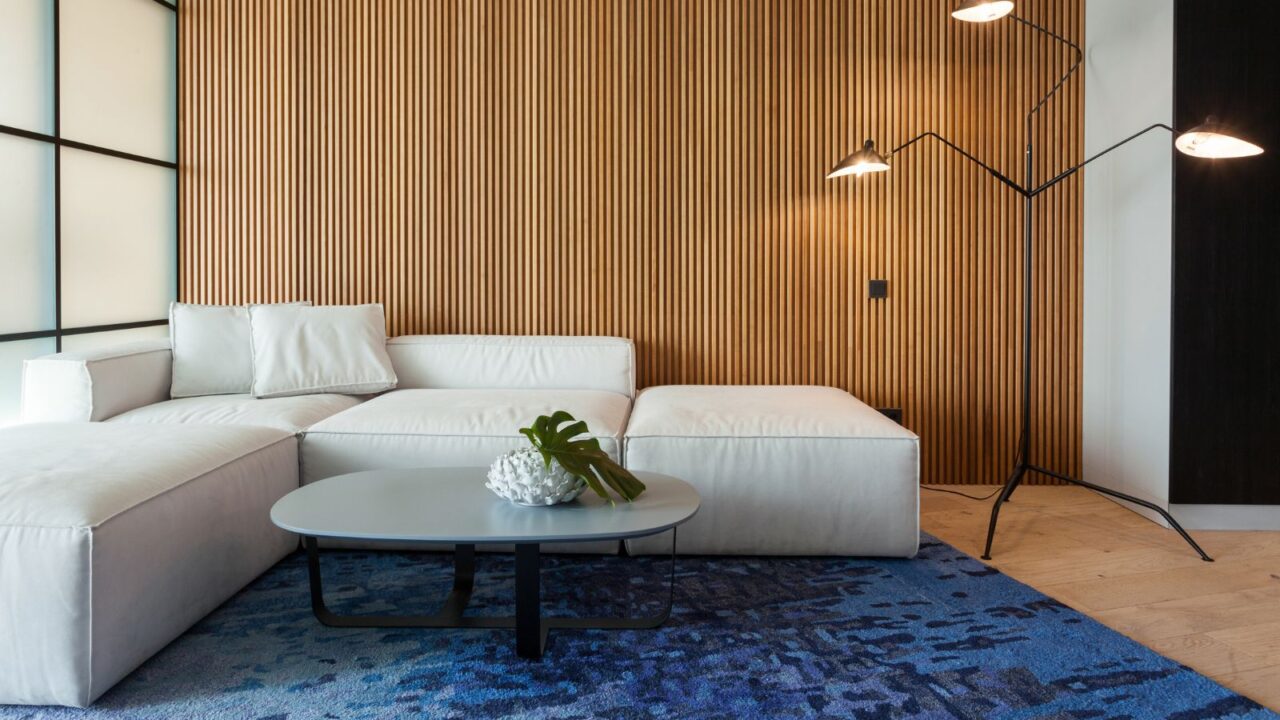
Rugs
Rugs help separate areas in open layouts without making a room feel smaller. A large area rug under a seating arrangement or dining table creates definition while maintaining an open flow. Light-colored rugs or ones with subtle patterns enhance spaciousness.
Avoid multiple small rugs, which can chop up the space visually. Choosing the right rug size and placement ensures a room looks cohesive and expansive. If you are confused about which rug to choose, check out these trending rugs of 2025 to add warmth and coziness.
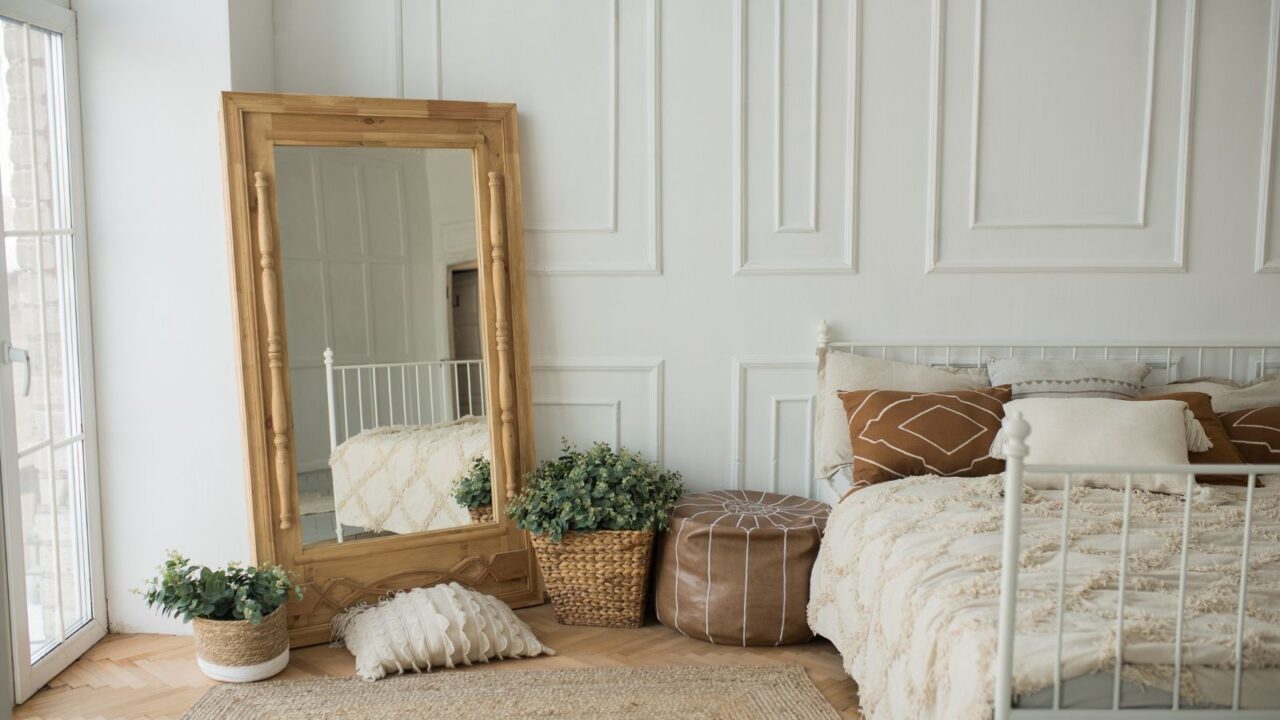
Mirrors
Mirrors instantly create the illusion of a bigger space by reflecting light and depth. A large mirror placed opposite a window bounces natural light around, brightening the entire room. Mirrored furniture, like glass tabletops or reflective decor, can also add openness.
Even a gallery wall of smaller mirrors can make a big impact. The right mirror placement makes any space feel less closed-in. Make your space feel open and bright with clever mirror placement to enlarge spaces for an effortless transformation.
Tried any of these tricks before? Tell us what worked best for you.
Read More From This Brand:
- Small Living Room Solutions (Maximizing Space)
- Space Saving Kitchen Gadgets You Need Now
- Tiny Garden? Clever Hacks to Double Your Space
Don’t forget to follow us for more exclusive content right here on MSN.